Previewed last month, the facelifted Peugeot 208 and 2008 have finally been launched today – the revised B-segment hatchback and crossover get a mild redesign inside and out, but more importantly receive a much-needed powertrain update as well.
But before we get to that, let’s look at the prices first. The 208 – five-door only, now that the stylish but slow-selling three-door model has been dropped – is priced at RM89,888, RM4,000 more expensive than before, while the 2008 retails at RM109,888, a whole RM10,000 less.
Both prices are on-the-road inclusive of insurance as well as a new five-year/120,000 km warranty that replaces the previous three-year manufacturer/two-year insurance coverage. The first 100 units of each vehicle will also come with a three-year free service package.
With that out of the way, what exactly is new on both these cars? The slew of minor updates to the 208 include redesigned headlights with black bezels, an “Equaliser” grille that now sits flush with the bumper (instead of “floating” like on the outgoing model) and revised air intake and fog lamp surrounds. The rear also receives new LED tail lights with three-dimensional “triple claw” light guides.
Inside, changes are limited to faux carbon soft-touch dashboard trim and a new seat upholstery design, while the steering wheel loses the dimples on the grips. Kit includes chrome grille and wing mirrors (part of the Allure trim), 16-inch “Titane” two-tone alloy wheels, dual-zone auto climate control, rear parking sensors and a seven-inch touchscreen infotainment system.
Meanwhile, the 2008’s changes largely mirror those of the 208, but are more subtle. These include black headlight bezels, a vertical front grille, black wheel arch mouldings, darker tail light lenses and the deletion of chrome side strips. The interior remains pretty much unchanged.
In terms of equipment, the 2008 gets 17-inch “Eridan” alloy wheels, dual-zone auto climate control, a panoramic roof with electric sunblind, front and rear parking sensors and a seven-inch touchscreen infotainment system. Safety-wise, the 208 and 2008 get six airbags, ABS with EBD and brake assist, stability control and ISOFIX rear child seat tethers.
Under the bonnet, both cars finally ditch the outmoded 122 PS/160 Nm 1.6 litre naturally-aspirated four-cylinder engine – in its place sits a 1.2 litre PureTech turbocharged three-pot mill with automatic start/stop, producing 112 PS (-10 PS) at 5,500 rpm and 205 Nm (+45 Nm) at 1,500 rpm. The old four-speed automatic transmission has also been replaced by a six-speed Aisin automatic transmission.
The new powertrain means that the two cars are quicker than before, going from zero to 100 km/h in 9.8 seconds for the 208 (from 10.7 seconds before) and 10.3 seconds for the 2008 (from 11.2 seconds). Fuel consumption has also been drastically reduced to 4.5 litres per 100 km on the 208 (from 6.7 litres per 100 km) and 4.8 litres per 100 km on the 2008 (from 6.5 litres per 100 km).
Browse full specifications and equipment of the facelifted Peugeot 208 and 2008 on CarBase.my.
GALLERY: Peugeot 208 facelift
GALLERY: Peugeot 2008 facelift
Looking to sell your car? Sell it with Carro.

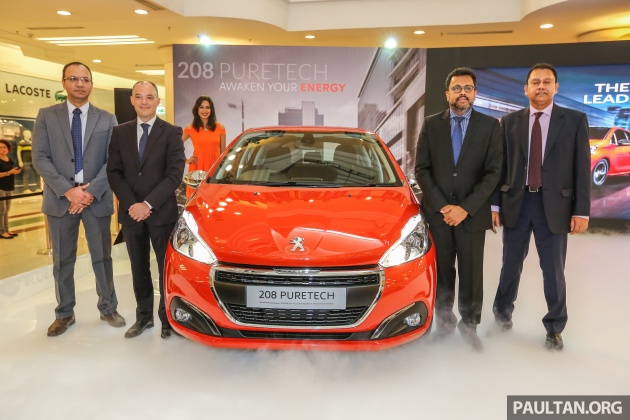
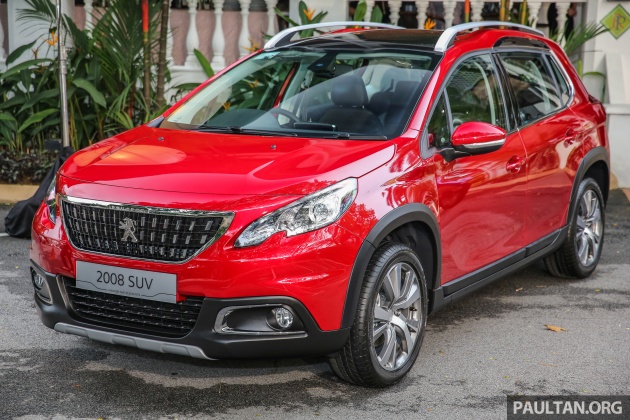




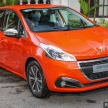
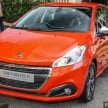
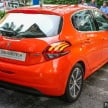
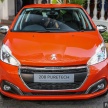
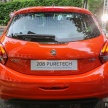
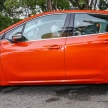
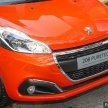

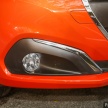
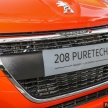
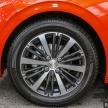
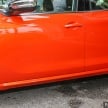
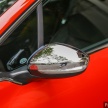
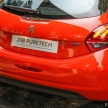
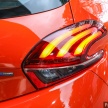
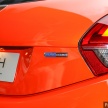
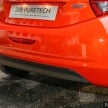
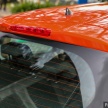
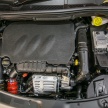
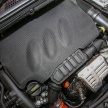
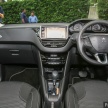

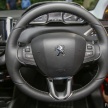
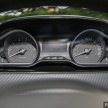
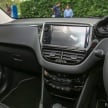
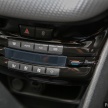
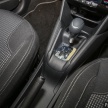
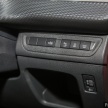
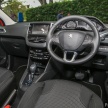
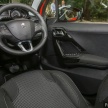
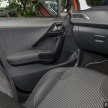
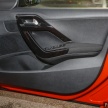
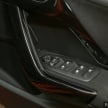
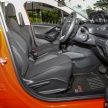
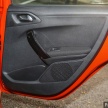
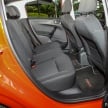
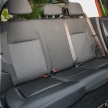
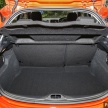
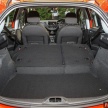
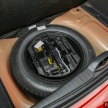
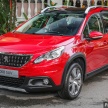
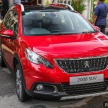
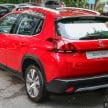
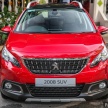
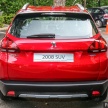
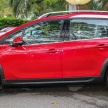
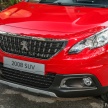
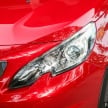
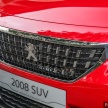
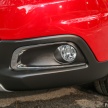
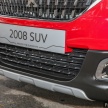
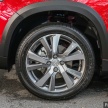

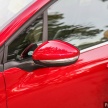
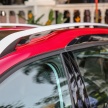
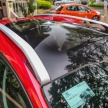
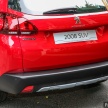
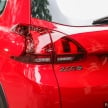
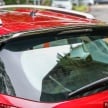
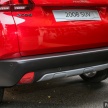
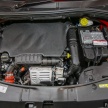
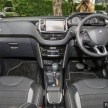
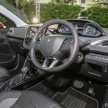
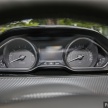
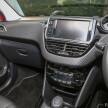
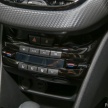
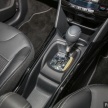
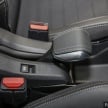
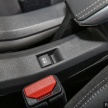
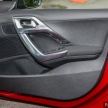
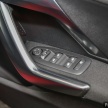
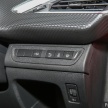

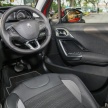
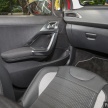
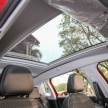
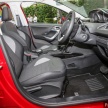
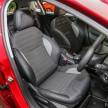

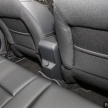
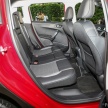
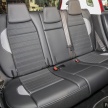
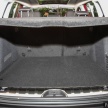
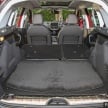
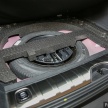









AI-generated Summary ✨
Comments generally express excitement and positive impressions of the Peugeot 208 and 2008 facelift, highlighting improvements like the 6-speed transmission, turbocharged engine, and enhanced interior quality. Many owners appreciate the driving experience, safety features, and design, with some sharing test drive experiences. However, there are significant concerns about aftersales service quality, parts availability, and resale value, often citing bad dealer experiences and poor maintenance support. Critics also compare Peugeot unfavorably to Japanese brands regarding reliability, resale, and service, though some owners defend the brand’s safety and driving pleasure. Overall, excitement for the new models is mixed with apprehensions about aftersales and long-term ownership challenges.